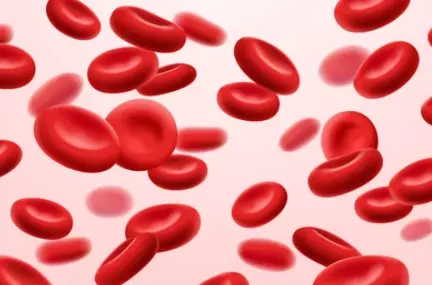 Welcome
Welcome
“May all be happy, may all be healed, may all be at peace and may no one ever suffer."
- A
- B
- C
- D
- E
- F
- G
- H
- I
- J
- K
- L
- M
- N
- O
- P
- Q
- R
- S
- T
- U
- V
- W
- X
- Y
- Z
Burns - Generics
Burns are injuries to the skin and underlying tissues that can be caused by heat, chemicals, electricity, or radiation. Burns can range from mild to severe, and the severity depends on the depth and extent of the injury. The most common causes of burns include:
- Heat: Burns caused by heat can result from exposure to fire, hot liquids, steam, or hot objects.
- Chemicals: Burns caused by chemicals can result from exposure to strong acids, alkalis, or other corrosive substances.
- Electricity: Burns caused by electricity can result from contact with an electric current, such as from an electrical outlet, power lines, or lightning.
- Radiation: Burns caused by radiation can result from exposure to the sun, radiation therapy, or nuclear accidents.
The severity of a burn is determined by the degree and depth of the injury. There are three degrees of burns:
- First-degree burns: These affect only the outer layer of skin (epidermis) and are characterized by redness, pain, and mild swelling.
- Second-degree burns: Affect both the epidermis and the underlying layer of skin (dermis) and are characterized by redness, pain, swelling, and blisters.
- Third-degree burns: Affect all layers of the skin and may also damage the underlying bones, muscles, and tendons. They are characterized by white or blackened, charred skin and a loss of sensation in the affected area.
Treatment for burns depends on the severity of the injury. Mild burns can usually be treated with home remedies like cool water, aloe vera, or over-the-counter pain medications. More severe burns may require medical attention, such as wound cleaning and dressing, antibiotics to prevent infection, and pain medication. In the most severe cases, hospitalization may be necessary, and skin grafts or other surgical procedures may be required to treat the burn. It is important to seek medical attention for burns to prevent complications and promote healing.

Kidney disease

Breakthrough pain

Wrinkles associated with...

Sympathetic nerve block

Allergic rhinitis accompa...

Uncomplicated skin infect...

Peripheral vascular disea...

Hormone replacement thera...
Burns, পোড়া
To be happy, beautiful, healthy, wealthy, hale and long-lived stay with DM3S.